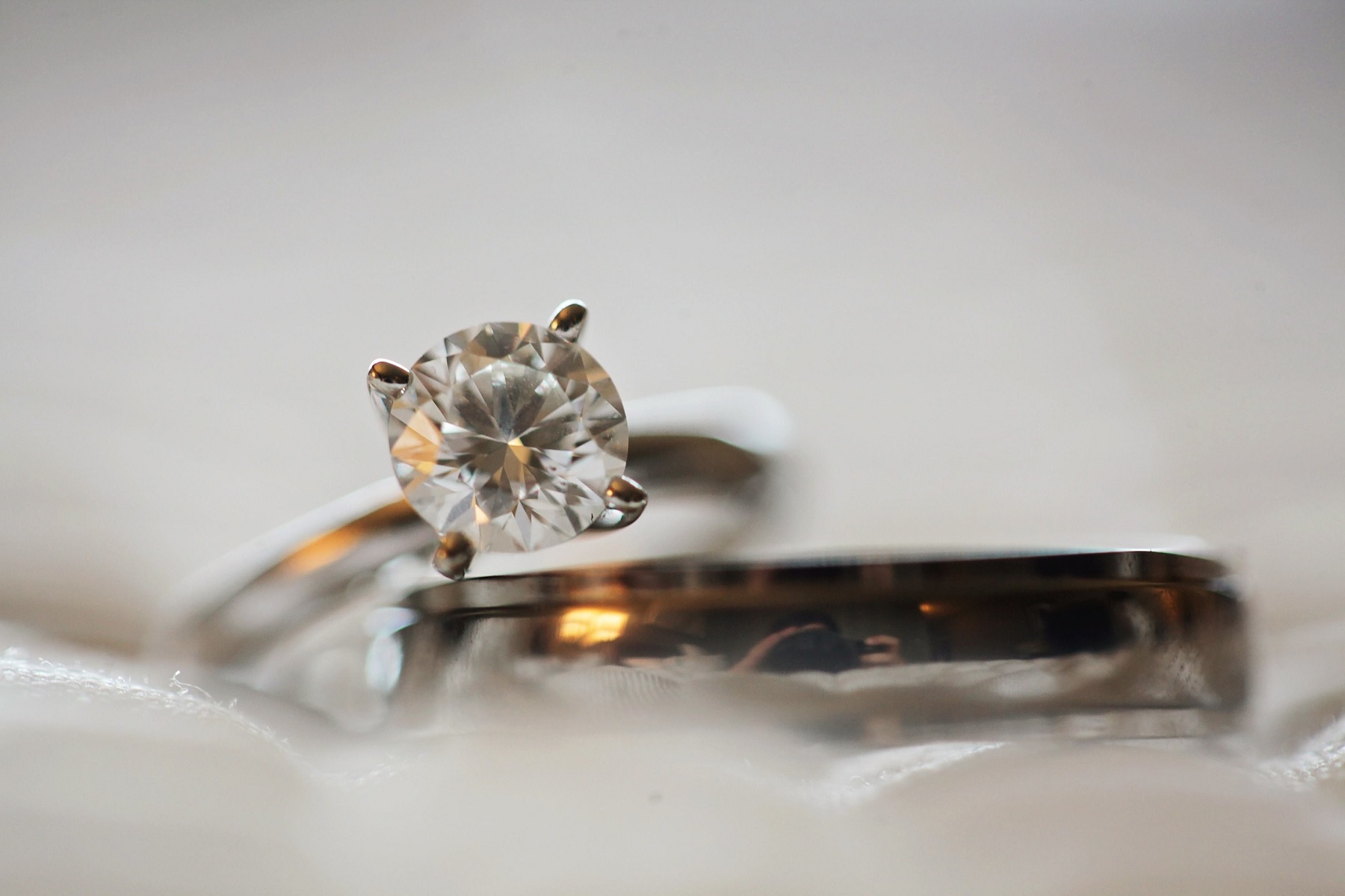The diamond trade has always been shrouded in intrigue and allure. But with new lab-grown diamond options now available, discerning the differences between natural and synthetic diamonds becomes critical. This guide, together with our recorded session from the JDMIS Gem Jamming Session at the National Design Centre illuminates these interesting aspects of the diamond world.
The Centuries-Long Allure of Diamonds

For thousands of years across cultures, diamonds were associated with royalty, mystical powers, and prominence. Only elites could afford the extraordinarily rare crystals.
This exclusivity was amplified in the 20th century through De Beers' wildly successful "A Diamond is Forever" marketing campaign. Launched in 1947, it cemented the tradition of diamond engagement rings, greatly expanding consumer demand.
Natural Diamond Mining - An Intricate Process
Diamonds originate 90-120 miles beneath the Earth's surface, where heat and pressure crystallize carbon into diamond over billions of years. Powerful volcanic eruptions transported some diamonds closer to the surface over time.
Most diamonds today come from open-pit or underground mines. Open pit mines involve massive excavations up to 1000 feet deep and over 1 mile across. Underground tunnelling carefully extracts diamond ore.
Alluvial mining around rivers and marine mining along coasts and oceans also recover diamonds washed away from the volcanic pipes over millennia.
Diamonds in nature are a rarity and are not a renewable resource. Global diamond production has fallen from 178 million carats in 2000 to around 120 million carats today as mature mines close and discoveries dwindle. Over 90% of natural diamonds today come from Russia, Botswana, Democratic Republic of Congo and Canada. Industry expectations are that supplies will continue to slow, making natural diamonds, especially the larger, better quality ones, increasingly rare.
Lab-Created Diamond Production - Simulating Nature Above Ground

In contrast to underground origins, lab diamonds are produced in facilities simulating high pressure and heat conditions to create identical crystals above ground.
There are two main production methods:
- HPHT (high pressure, high temperature) which uses presses to mimic underground conditions. This approach requires high energy input.
- CVD (chemical vapor deposition) which relies on heating hydrocarbon gases alongside diamond seed plates to stimulate crystal growth. This is lower energy.
Lab diamonds can be ready for cutting and polishing within 2 weeks, rather than the billion-plus years for natural diamonds. China leads in synthetic diamond output, though only about ~1 million carats enters the gemstone market each year currently. The other 99% serves industrial roles.
Sustainability - Considering the Environmental Impact
In the past, traditional jewellers selling natural diamonds have argued against the sustainability claims of lab diamond producers, both because of the high amounts of energy used in production and the fact that mining activities, when conducted responsibly, support infrastructure and education in developing nations.
Today however, with improvements in technology and more and cheaper renewable sources of electricity, lab diamonds can offer a much more compelling sustainability argument. However, well-regulated mining still provides essential economic benefits to communities.
Consumers should research ethical sourcing for themselves, as challenges persist in fully tracing some diamond origins and monitoring abuses as well as validating claims made by synthetic diamond producers about energy usage and sources. Purchasing from transparent suppliers enables aligning personal values.
Investment Value - Natural vs. Synthetic

Natural diamonds better retain value over time and have an established resale market. This contrasts with synthetic diamonds which depreciate rapidly from retail price and have negligible resale value.
For example, a 1 carat natural diamond might retail for $10,000 while an identical lab diamond sells for around $2,600 - a 75% discount. This divergence between natural and synthetic is even more dramatic with larger, better quality and therefore more rare diamonds. As improving production technology points to continued decline in lab diamond prices, there is no logical justification today for considering a created diamond as an ‘investment’ or even a reasonable store of value.
Affordable Alternatives - Diamond Simulants
For budget-driven buyers, diamond simulants like cubic zirconia and moissanite allow getting the diamond look at a fraction of the cost. These materials have even lower production energy requirements that created diamonds and provide interesting options for certain budget and environment conscious buyers to consider.
Watch the entire Gem Jamming Session
JDMIS director Alex Zupancich goes into more detail on each of these topics in the Gem Jamming session on Natural vs Synthetic Diamonds conducted at JDMIS in the National Design Centre. The full recording of his session may be found below.
More about JDMIS
The Jewellery Design & Managment International School (JDMIS) is the leading specialised Jewellery School in Singapore and Asia. Founded in 2007, JDMIS has grown into an established regional training brand, delivering exceptional jewellery education to over 20,000 individuals from over 56 different countries and training the best local and international brands.
